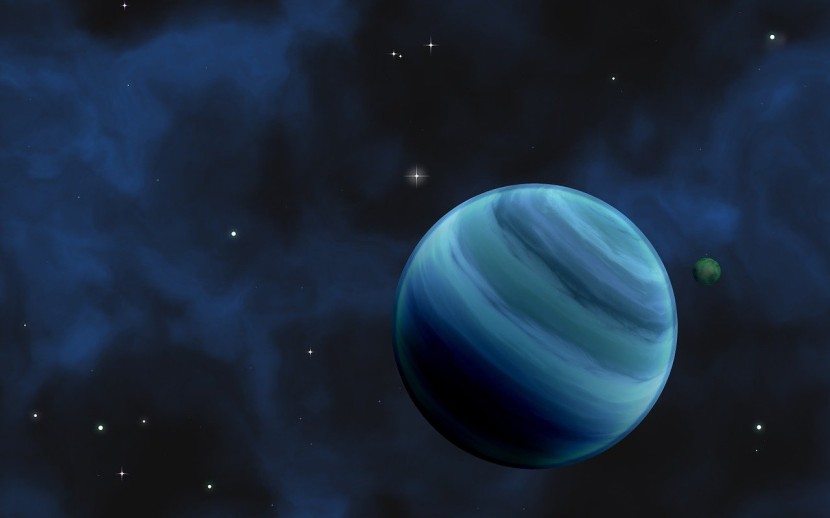
Scientists have discovered an planet situated 90 light-years from Earth with an atmosphere that may contain water clouds. Exoplanets are planets located beyond of our solar system.
The detection of the planet was expounded in a new study that will be published in "The Astronomical Journal's" future issue. According to a study co-author Diana Dragomir, an assistant professor in the University of New Mexico's department of physics and astronomy, in a statement, "Even though TOI 1231 b is eight times closer to its star than the Earth is to the Sun, its temperature is similar to that of Earth, thanks to its cooler and less bright host star," reported Bolly Inside.
Similar in Size and Density to Neptune
The exoplanet, named TOI-1231 b, is believed to have clouds in its atmosphere. This is based on observations of the planet's mass and radius. Researchers suspect TOI-1231 b is low density, and can be compared to another planet in our own solar system, reported Complex.
This exoplanet completes an entire orbit around its star each 24 Earth days. It orbits a red, or M-type, dwarf star, which is named NLTT 24399. It is smaller and dimmer than stars like the sun, reported CNN.
Lead study author Jennifer Burt, a postdoctoral fellow at NASA's Jet Propulsion Laboratory in Pasadena, California, stated, "However, the planet itself is actually larger than earth and a little bit smaller than Neptune -- we could call it a sub-Neptune." TOI-1231 b is quite similar in size and density to Neptune, so they believe it has a similarly large and gaseous atmosphere.
Read Also : Hundreds of Shooting Stars to Light Up the Sky Tonight as Saturn, Jupiter Merge to Create 'Christmas Star'
The researchers were able to distinguish the exoplanet's radius and mass, which helped them calculate the density and deduce its composition. The exoplanet has a low density. Scientists do not know yet for certain the composition of the exoplanet or its atmosphere.
Dragomir remarked that TOI1231b may have a denser water vapor atmosphere or large hydrogen or hydrogen-helium atmosphere. All would point to a different origin, which enables astronomers to decipher whether and how planets form differently around M dwarfs when in contrast to the planets around the sun, for example.
TOI-1231 b is also surmised to be relatively cool with an average temperature of 140 degrees Fahrenheit. The general rule is that the cooler the exoplanet, the more possible it is to have clouds in its atmosphere. This is another sign that suggests water clouds will be discovered upon further observations by the Hubble Space Telescope later this June.
The researchers think that TOI-1231 b has an average temperature of 140 degrees Fahrenheit (60 degrees Celsius). This makes it one of the coolest of the small exoplanets available for further study of its atmosphere.In contrast to the majority of transiting planets detected thus far, which usually have scorching temperatures in the many hundreds or thousands of degrees, TOI-1231 b is positively freezing.
Related Article : Asteroid Could Buzz-Cut Earth the Day Before Election
© 2025 HNGN, All rights reserved. Do not reproduce without permission.








